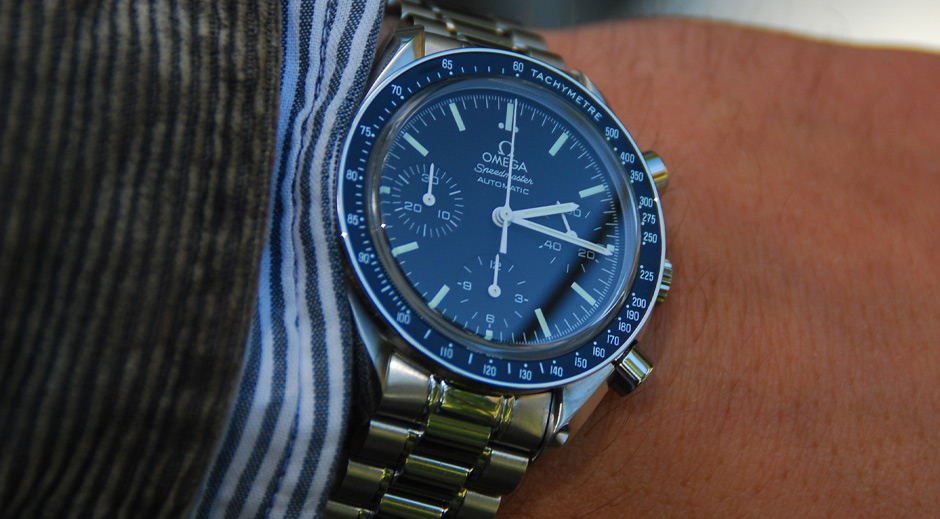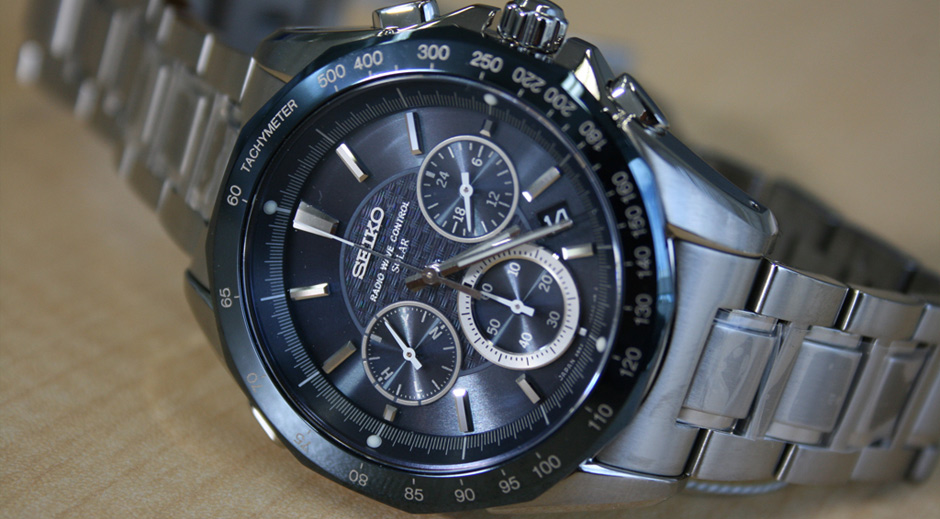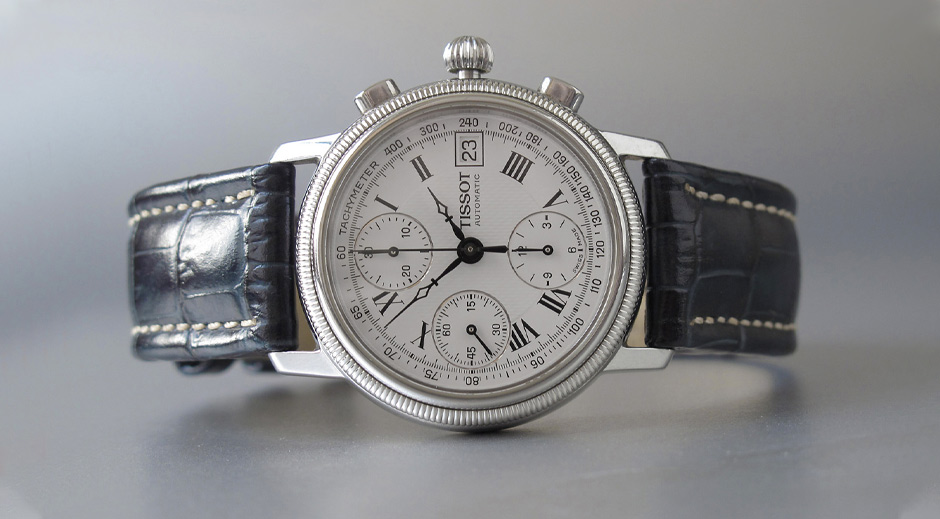Know your chronograph! What can be read from your watch?
Watches tell nothing but the time. It is a frequently heard comment that gives many a watch enthusiast the creeps. Watches are so much more; over the years, numerous watches have been developed with extra functions that go much further than just telling the time. Watches have been developed for aviation, water sports or specifically for racing. Watches with features that most people don't even know what to do with them.
Two well-known functions that you are guaranteed to have seen more often on a watch are the chronograph and the tachymeter. Both give your watch a tough and sporty appearance, but are not designed to just look good in the first place. Both actually serve a function. Learning how these functions work together can make your watch a useful measuring tool. If you have no idea how your chronograph works against the numbers on the tachymeter scale, read on.
How do you use the chronograph function?
In short, chronograph is just a fancy word for stopwatch. This feature was added to men's watches in the early 20th century to allow drivers and pilots, among others, to time themselves and each other. Astronauts also used watches with a chronograph function during America's golden age of space exploration. For example, Apollo 13 astronaut Jack Swigert used the chronograph on his Omega Speedmaster to time an important course correction during their perilous journey back to Earth.
Using a chronograph watch is quite simple. You just need to press the top start/stop button on the side of the watch to activate or stop the stopwatch; you can then press the bottom button on the side of the watch to reset the stopwatch and return it to the zero position.
But what do the three small chronograph registers on the dial mean? Most watches with a chronograph function have three of these registers, but there are also chronographs with only two registers on the dial. These watches only have a second and minute hand. Watches with three registers, also called 'subdials' in English, usually consist of a second hand, a minute hand and an hour hand. Explore omega first copy watches in India at affordable prices.

The long, thin seconds hand at the 12 position counts the seconds of the current time on watches without a chronograph function. On a watch with a chronograph function, this second hand stops and is only activated after you have started the stopwatch. The seconds of the current time are kept in one of the small registers. Often this is the register positioned to the right of the dial. Within this register, the seconds always continue, regardless of whether you have activated the chronograph or not. The chronograph's second hand, on the other hand, only runs if you activate it by pressing the start/stop button on the side of the watch.
The chronograph minute hand is usually positioned on the left side of the dial. On this you can read how many minutes have passed after activating the stopwatch. This register often runs for up to 30 minutes. The hour hand in the watch pictured above is positioned centrally at the bottom of the dial. As the name suggests, it indicates how many hours have passed since activating the stopwatch.
How do you read a tachymeter ring?
So using a chronograph is quite simple. Basically it's just a stopwatch, but in combination with the tachymeter ring you can turn your watch into a true measuring instrument. Let's take a closer look at the tachymeter. Using a tachymeter ring requires some mental effort, but once you know how it works you can make all kinds of measurements regarding speed and distance covered. A tachymeter is basically a special scale that is applied to the bezel of a watch or to the outer edge of the dial. To use this scale, the following formula is required: Tachymeter Scale Value = 3,600 (number of seconds in an hour)/elapsed time in seconds. This scale allows you to convert elapsed time (in seconds per unit) to speed (in units per hour).

Using the tachymeter to measure speed
To measure the speed of an object using a tachymeter, you need to know the set distance between two points. Suppose you are on a track and you know that the distance between the first turn and the second turn is 1 kilometer. Then you can use this knowledge to measure the average speed of a car. It goes like this; once the car passes turn 1, press the start button on your chronograph. When the car arrives at Turn 2, stop it. According to your chronograph, it took 22 seconds to get from turn 1 to turn 2. If you now look at the tachymeter scale, you will see that the second hand of the chronograph indicates 180 on the tachymeter scale. This means that the car was traveling on average 180 km/h between Turn 1 and Turn 2.
If you're measuring elapsed times at distances less than 1 kilometer or 1 mile, you'll need to do a little math to calculate the average speed. Let's say you're watching a quarter mile race, you start the chronograph when the starting gun sounds and the chronograph stops when the car crosses the finish line. According to your measurement, the car took 16 seconds to cover the quarter mile. You read your tachymeter scale and see that the scale reads 225. Since the distance was measured over only a quarter of a mile, you need to take one-fourth of the reading. So this means that the average speed of the car was about 56.25 miles per hour.
But what do you do if you want to measure something that takes longer than 60 seconds? Then remember that the tachymeter scale is only suitable for measuring elapsed time up to a minute maximum. But with a little math, you can still use your watch's tachymeter to measure average speed for things lasting longer than a minute. Let's say you're watching a 1 mile horse race, and you want to know how fast the winning horse was on average. He completed the mile in 1 minute 34 seconds, or 94 seconds. The 94 seconds cannot be read on the tachymeter scale. But let's look at his speed at half a mile. We can estimate that it took the horse 47 seconds to complete a half mile (94 seconds divided by 2 = 47 seconds). 47 seconds is within the range of the tachymeter and you can read that the scale reads 75. To calculate the average speed per hour for the full mile, divide that 75 by 2, which gives an average speed of 37.5 miles per hour. Check out new collection of tissot first copy watches

Comments
Post a Comment